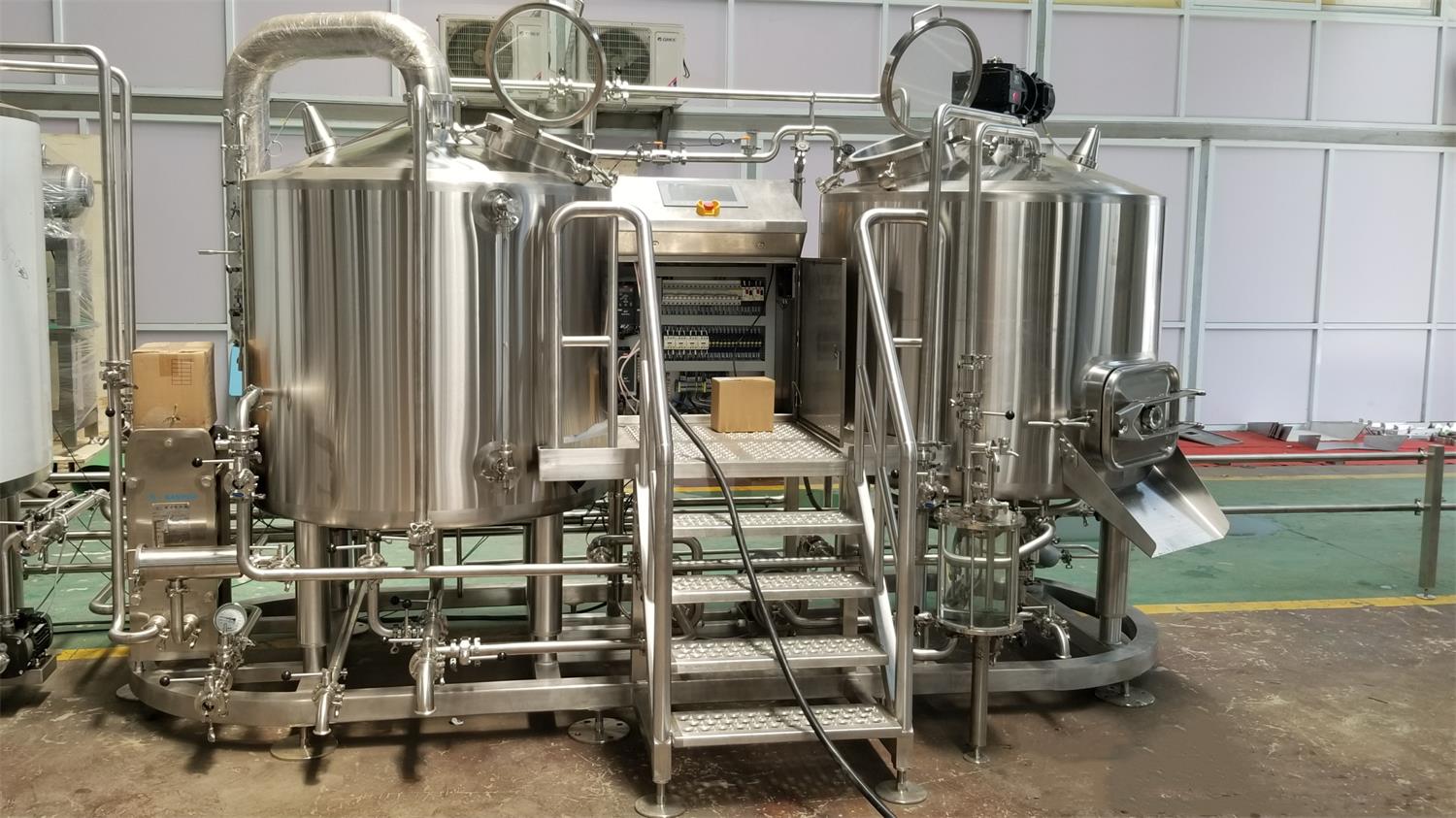Top 10 Best Nanobrewery Equipment for Craft Brewers in 2025
Definition of Nanobrewery Equipment
A nanobrewery is a small-scale brewing operation, typically producing beer in batches of three barrels or less per brew cycle. Unlike microbreweries, which may produce thousands of barrels annually, nanobreweries focus on highly specialized, craft-oriented beer production. Nanobrewery equipment consists of all the necessary tools, machines, and accessories required to brew, ferment, store, and serve beer at a smaller scale.
From brewing kettles and mash tuns to fermentation tanks and cooling systems, the right equipment ensures efficiency, quality, and consistency in beer production. Choosing the proper nanobrewery setup is crucial for success, whether you’re a passionate homebrewer transitioning to commercial brewing or an entrepreneur entering the craft beer market.
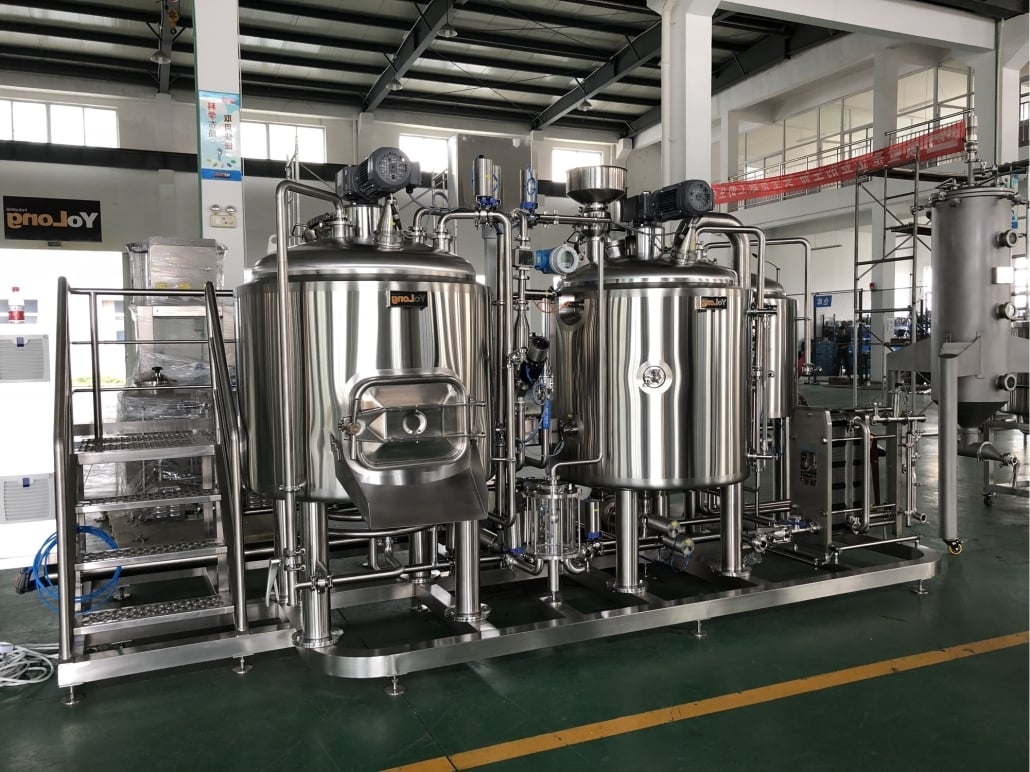
The Difference Between Nanobrewery, Homebrewing, and Microbrewery
Understanding the difference between nanobreweries, homebrewing, and microbreweries helps clarify the scope and scale of each brewing approach.
- Homebrewing involves brewing beer for personal consumption using small equipment, often in kitchens or garages. It is typically limited to five-gallon batches or less.
- Nanobreweries operate at a commercial level but on a smaller scale than microbreweries, usually producing less than 100 barrels per year. They often supply local markets, taprooms, or small bars.
- Microbreweries produce up to 15,000 barrels annually, distributing regionally and sometimes nationally. They have larger brewing systems and more sophisticated equipment.
Nanobreweries bridge the gap between hobbyist brewing and full-scale commercial operations, allowing beer enthusiasts to turn their passion into a business.
Essential Nanobrewery Equipment
Setting up a successful nanobrewery requires specific brewing equipment to ensure efficiency and quality. Below are the key components every nanobrewery needs:
- Brew Kettle – A large vessel used for boiling wort (unfermented beer) with hops to develop flavors and bitterness.
- Mash Tun – A tank where malted grains are mixed with hot water to convert starches into fermentable sugars.
- Fermentation Tanks – Stainless steel or plastic containers where yeast is added to the wort for fermentation.
- Cooling System – Heat exchangers or glycol chillers to cool the beer after boiling and maintain the right fermentation temperature.
- Pumps and Piping – Used to transfer liquid between different brewing stages.
- Wort Chiller – Helps rapidly cool the wort after boiling to prevent bacterial contamination.
- Kegs and Bottling Equipment – Used for packaging and serving beer.
- Cleaning and Sanitization Tools – Ensures hygiene and prevents off-flavors.
How to Choose the Right Nanobrewery Equipment?
Selecting the right equipment for your nanobrewery depends on various factors, including budget, production goals, and space. Below is a table detailing the considerations:
| Factor | Details |
|---|---|
| Batch Size | Choose equipment based on your expected production volume. Typically, nanobreweries brew 1-3 barrels per batch. |
| Material | Stainless steel is preferred due to its durability and ease of cleaning. |
| Automation Level | Decide between manual, semi-automated, or fully automated brewing systems based on budget and expertise. |
| Space Requirements | Ensure your brewery location can accommodate the brewing system, storage, and kegging area. |
| Budget | Costs range from $10,000 to $100,000, depending on the complexity of the setup. |
| Regulatory Compliance | Check local health and alcohol regulations before purchasing equipment. |
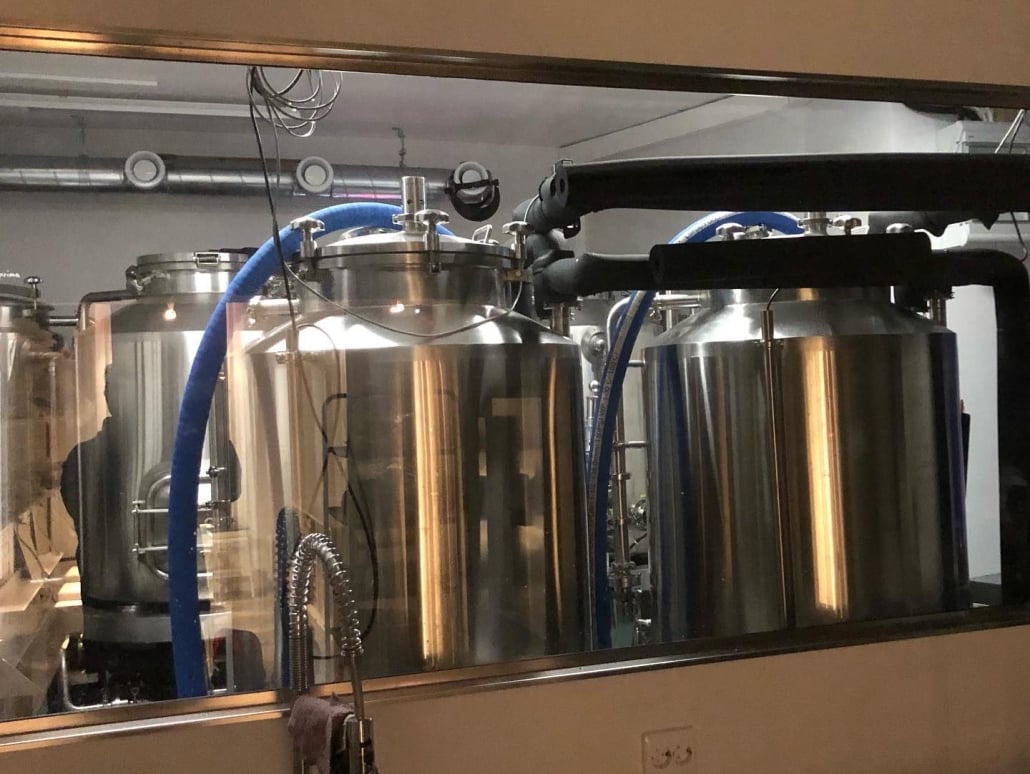
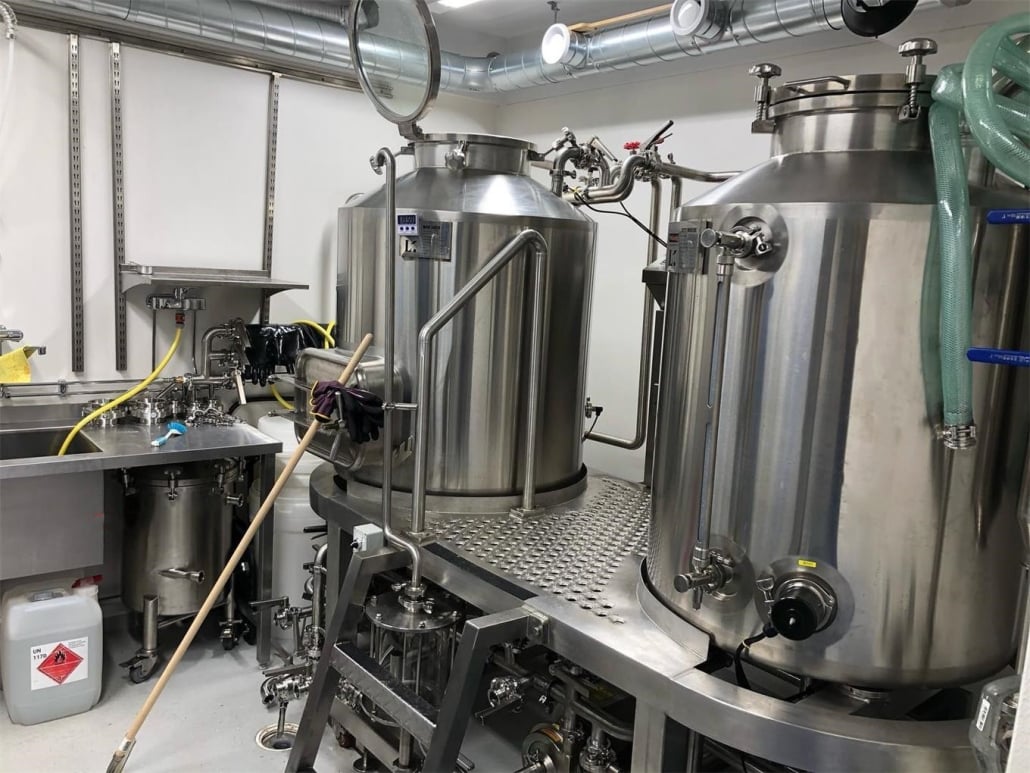
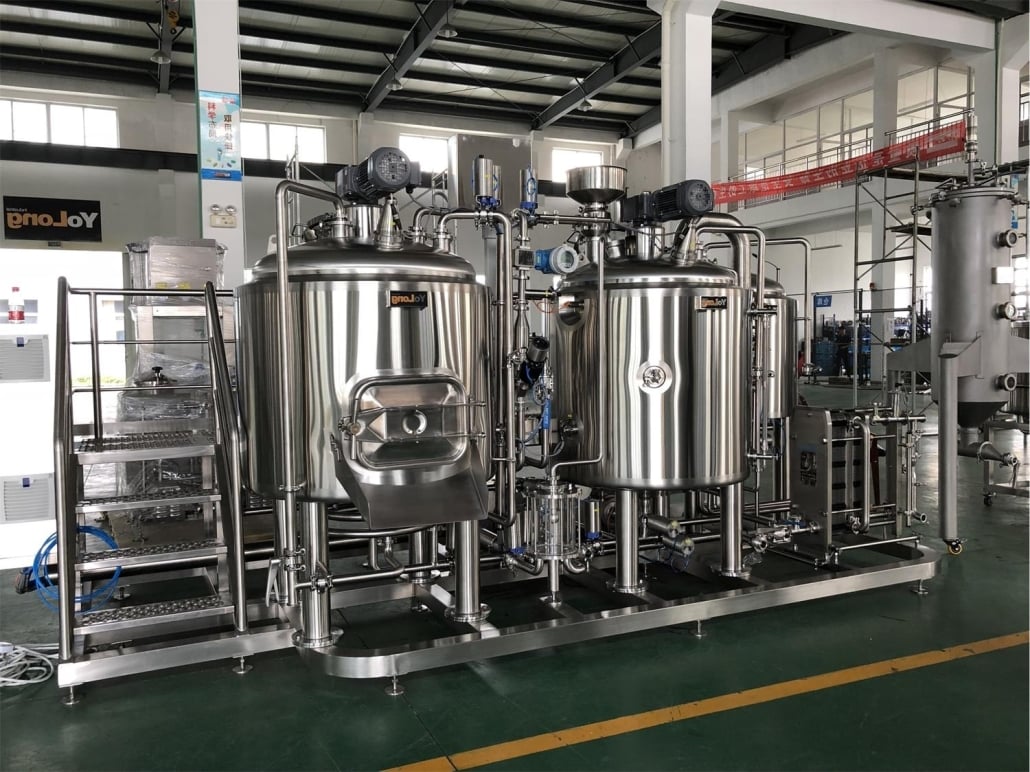
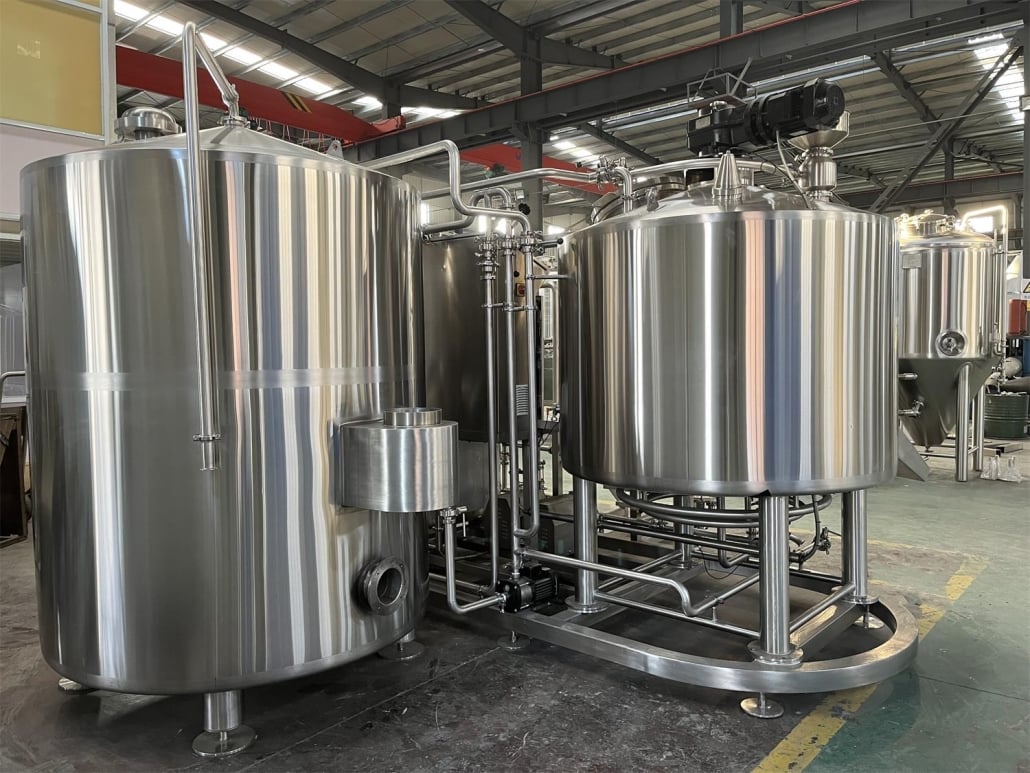
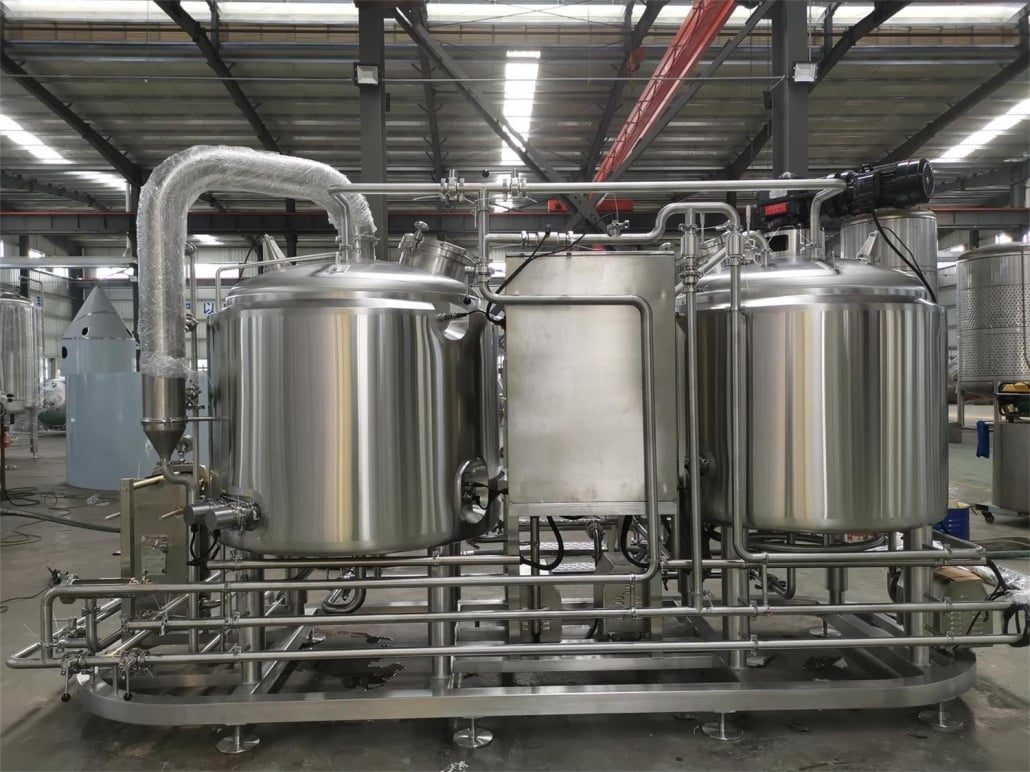
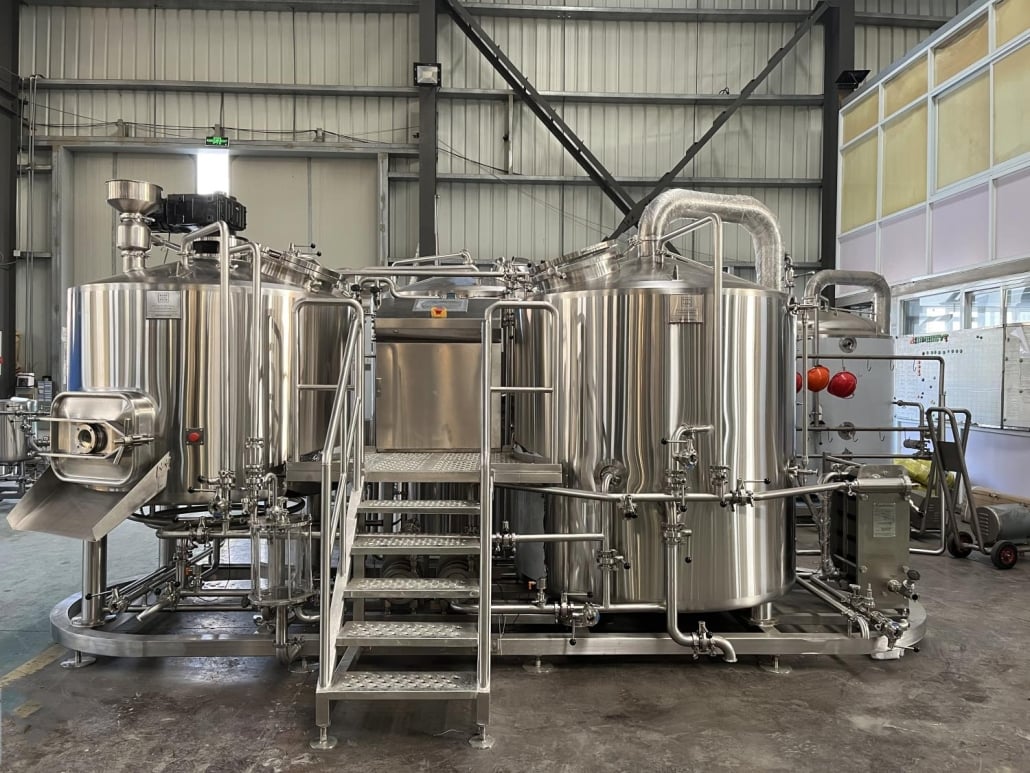
How Much Does Nanobrewery Equipment Cost?
The cost of nanobrewery equipment varies widely based on the system’s size, material, and brand. Below is a price breakdown:
| Equipment | Estimated Cost Range |
|---|---|
| Brew Kettle | $1,500 – $10,000 |
| Mash Tun | $2,000 – $12,000 |
| Fermentation Tanks | $2,500 – $15,000 |
| Cooling System | $3,000 – $20,000 |
| Pumps & Piping | $500 – $5,000 |
| Wort Chiller | $700 – $4,000 |
| Kegs & Bottling | $1,000 – $7,000 |
| Cleaning Equipment | $500 – $3,000 |
Where to Buy Nanobrewery Equipment?
Finding reliable suppliers is crucial for obtaining high-quality brewing equipment. Here are some options:
| Supplier Type | Details |
|---|---|
| Specialized Brewery Equipment Manufacturers | Companies like Blichmann Engineering, Ss Brewtech, and Stout Tanks offer high-quality systems. |
| Online Retailers | Amazon, MoreBeer, and Beverage Factory provide various brewing components. |
| Used Equipment Marketplaces | Sites like ProBrewer and Craigslist offer second-hand brewing systems. |
| Local Suppliers | Some regional manufacturers or brewery supply stores sell brewing gear. |
Tips for Setting Up Your Nanobrewery
Setting up a nanobrewery requires careful planning and execution. Here are some essential tips:
- Plan Your Space Wisely – Ensure adequate space for brewing, storage, and serving areas.
- Invest in Quality Equipment – Poor-quality equipment leads to inefficiencies and beer spoilage.
- Understand Local Laws – Obtain all necessary licenses and permits before launching.
- Focus on Sanitation – Cleanliness is crucial in brewing to prevent contamination.
- Develop a Unique Selling Proposition – Offer distinct flavors or brewing techniques to stand out in the craft beer market.
FAQ
| Question | Answer |
|---|---|
| What is the minimum investment for a nanobrewery? | Around $10,000 for a basic setup, but costs can go up to $100,000+. |
| Can I start a nanobrewery from home? | Yes, but you must comply with local licensing laws and zoning regulations. |
| What size is ideal for a first-time nanobrewery? | A 1-3 barrel system is a good starting point. |
| Is automation necessary for a nanobrewery? | Not necessarily, but automation can improve efficiency and consistency. |
| How long does it take to set up a nanobrewery? | Typically 3-12 months, depending on permits, equipment availability, and setup complexity. |
Share this entry
Interested in learning more about Brewing Systems including additional details and pricing information? Please use the form below to contact us!
YOLONG BREWERY EQUIPMENT FAQS
- Commercial Brewery / Craft Brewery / Microbrewery / Nanobrewery
- What is The Difference Between Craft Beer and Industrial Beer?
- The Bespoke Differences In Custom Brewing Systems
- Everything You Need to Know About Kettle Souring
- How to Choose Brewing Equipment for Your business?
- How To Choose The-Best Partner To Build Your Commercial Microbrewing System?
- Two Detection Sensors That You Need To Use In Your Brewhouse System
- Remote Control Applications in Brewing Equipment/How does it work?
- How To Clean Your Brand New Brewery Tanks?

